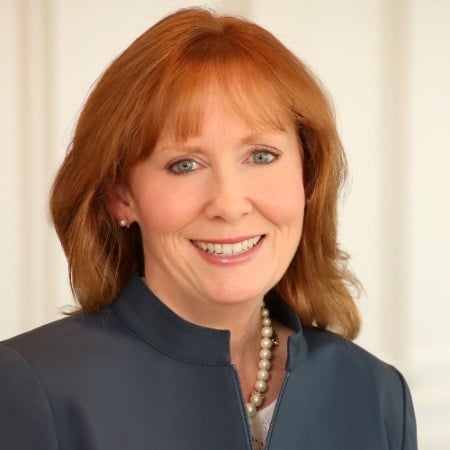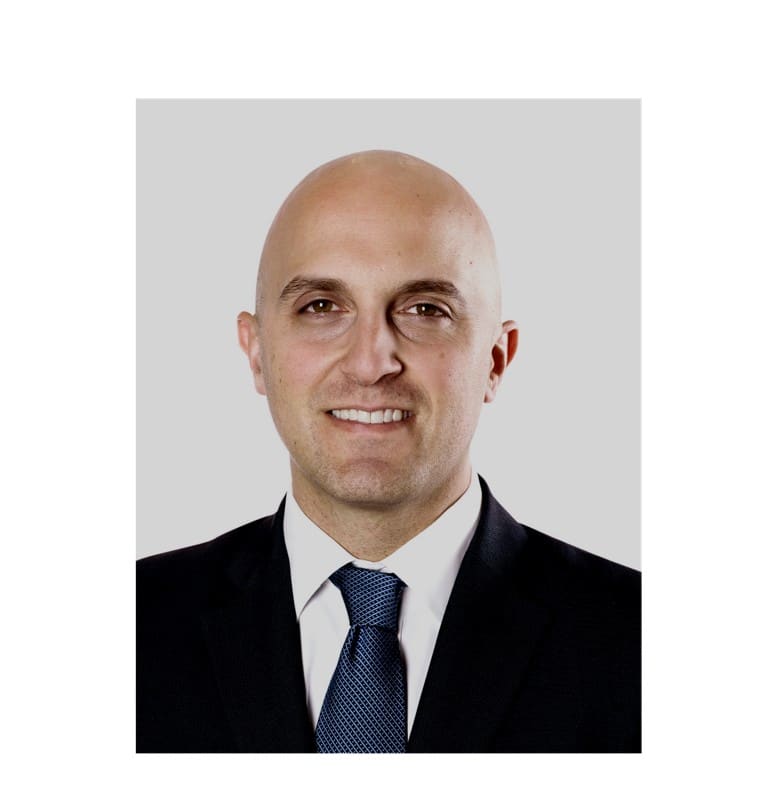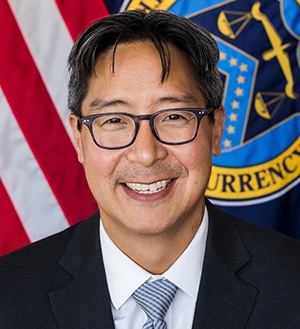J.P. Morgan’s Securities Services business has launched ‘Fusion by J.P. Morgan’ (Fusion), a data platform that delivers end-to-end data management and reporting solutions for institutional investors.
Fusion will allow clients to seamlessly integrate and combine data from multiple sources into a single data model that delivers the benefits of scale and reduced costs, along with the ability to more easily unlock timely analysis and insights.
The platform will combine rich, high quality data with a governance framework that can be leveraged consistently across the investment lifecycle.

Teresa Heitsenrether, Global Head of Securities Services, J.P. Morgan, said: “Data management is a key strategic focus for our clients and we are committed to supporting them on their data journey.”
“We’ve established a dedicated Data Solutions business within Securities Services led by industry experts, and through Fusion, we are developing a differentiated, cloud-native platform to help clients manage and leverage their data in a scalable, efficient way.”
Fusion’s open data architecture supports flexible distribution, including partnerships with cloud and data providers, all managed by J.P. Morgan data experts.
Building on Securities Services’ global operating model and rich data foundation as an industry leading custodian, fund administrator and middle office outsourcing provider, Fusion will combine position and transaction information with the client’s own data, as well as data from trusted third-party vendors and partners.
The platform’s single data model allows clients to extend the breadth and depth of their data, and query the relevant information with powerful analytics tools to aid in decision-making.
Gerard Francis, Head of Data Solutions, Securities Services, J.P. Morgan, said: “Investment managers use a wide range of data sources with varying formats to run their business but the effort to gather, clean, and organize this data is often manual and resource intensive.”
“We are designing Fusion to remove the friction and make data instantly usable for our clients. By partnering with leading industry providers, we are streamlining the data onboarding process, enabling clients to browse, visualize and access their data in the cloud or directly within their own applications.”
At launch, clients will have access to Fusion’s new and expanding web-based data catalog to easily browse and discover data that is immediately usable, and ready for consumption using the platform’s modern APIs.
Through Fusion, clients can integrate and benefit from the unique content generated by J.P. Morgan’s Global Research and Markets franchise.














